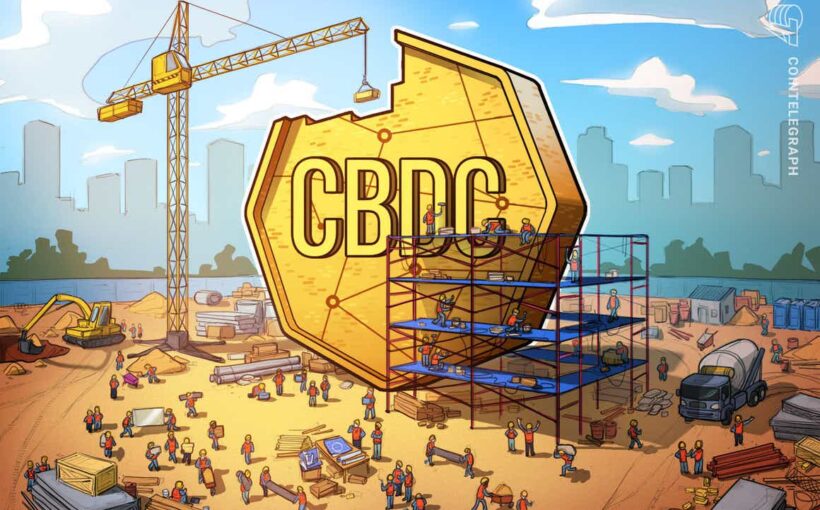As the world of finance continues to transform, new forms of money are challenging traditional monetary infrastructures that have been around for a long time. Currently, central bank digital currencies (CBDCs) have caught the eye of various countries, including the Philippines.
In a joint event organized by Bangko Sentral ng Pilipinas (BSP) — the Philippines’ central bank — and the Alliance for Financial Inclusion, BSP Governer Benjamin Diokno announced the rollout of Project CBDCPh, a pilot implementation of a CBDC for the country. According to Diokno, the project aims to improve “the payment system’s safety, resiliency, and efficiency.”
“The project aims to build organizational capacity and hands-on knowledge of key aspects of CBDC that are relevant for a use case around addressing frictions in the national payment system.”
Diokno also highlighted the potential impact of CBDCs. The BSP governor noted that a CBDC would be able to help in government-run cash assistance programs. He underscored that the pandemic showed the utility of account-based financial assistance distribution. Diokno believes that this can be used to “provide immediate support to the most vulnerable segments of society.”
While there are many potential benefits, the governor also highlighted potential difficulties that the project may encounter such as the lack of technological infrastructure. “Monetary authorities and regulators will need to build the requisite skills and technological capacity to effectively implement and manage the risks of CBDC issuance,” Diokno said.
Related: Crypto Twitter is not happy with the name and logo of Jamaica’s CBDC
In the United States, Lael Brainard, a member of the Federal Reserve’s Board of Governors, urged the U.S. to spearhead research and policies when it comes to CBDCs. Citing developments in China, Brainard says that the cross-border payment dominance of the U.S. dollar could be impacted by CBDC developments in other countries.
Source: Read Full Article

